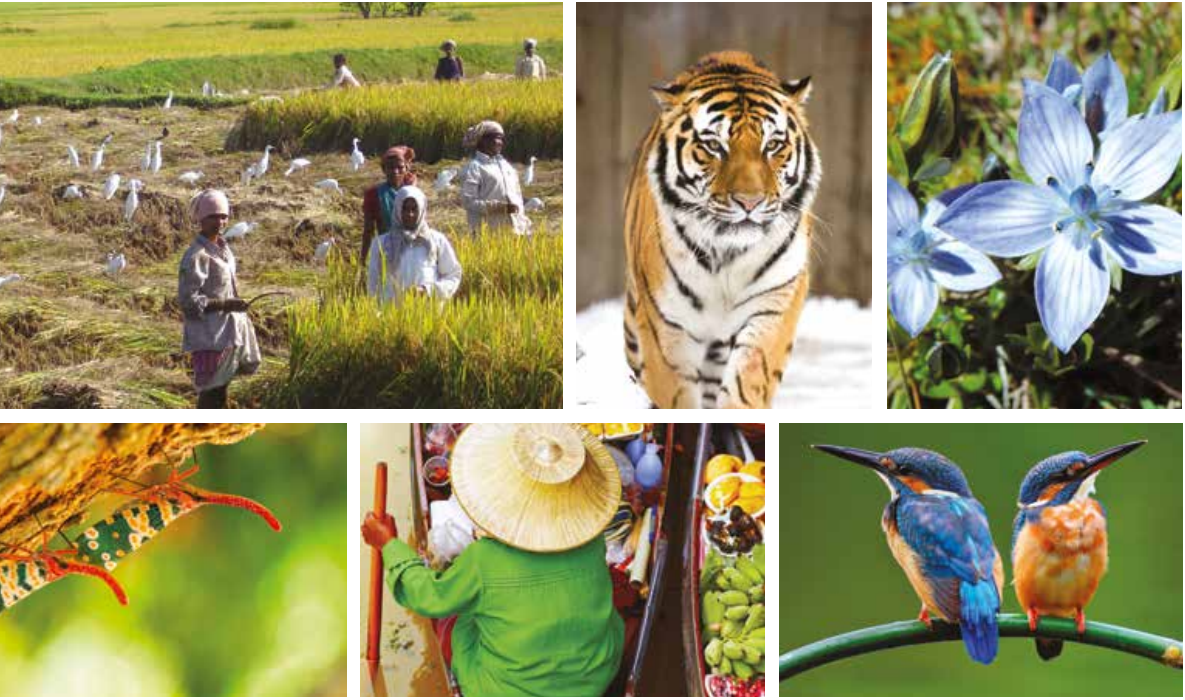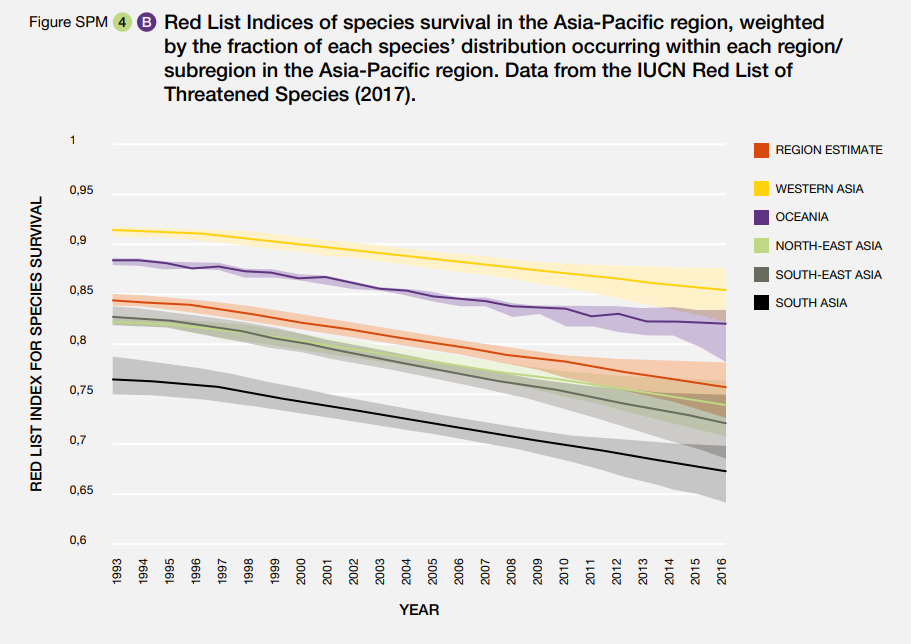ASIA

Asia is home to an incredibly diverse range of ecosystems, spanning from the lush tropical rainforests of Southeast Asia to the frigid tundras of Siberia. One of the most iconic ecosystems in the region is the tropical rainforest, which is found in countries like Indonesia, Malaysia, and Thailand. These rainforests are characterized by their high levels of biodiversity, with countless species of plants and animals, many of which are not found anywhere else on Earth. The rainforests play a crucial role in regulating the planet’s climate by absorbing and storing carbon dioxide, and they provide essential resources like food, medicine, and timber to the local communities.
In contrast to the rainforests, Asia also boasts vast deserts such as the Gobi Desert in Mongolia and the Thar Desert in India. These arid ecosystems are known for their extreme temperatures, scarce water resources, and unique adaptations of desert-dwelling flora and fauna. The Gobi Desert, for instance, is home to the elusive Bactrian camel and various species of desert plants that have evolved to thrive in the harsh conditions. Asia’s ecosystems are not only diverse but also face numerous environmental challenges, including deforestation, pollution, habitat loss, and climate change. The preservation and sustainable management of these ecosystems are critical for the well-being of both the region and the planet as a whole.

OBSERVATIONS FROM THE MAP:
Looking at the map of Asia, the northernmost areas are shaded white, indicating tundra and icy landscapes. Moving south, there is a broad swath of dark green boreal forest stretching across Siberia and northern China. The Himalayas stand out as brown peaks, with patches of green conifer forests on the upper slopes. Lighter green temperate forests cover northeast China and southern Siberia. The great deserts of central Asia appear in yellow – the massive Gobi stretching across Mongolia and the Taklamakan in western China. Parts of eastern China are shaded orange to show temperate mixed forests.
Broad swaths of emerald green monsoon forest blanket the Indian subcontinent, Indochina, and the Malay Peninsula. Lighter green patches in India’s Deccan Plateau and parts of Southeast Asia indicate drier deciduous forests. Dark green mangrove forests fringe many southern coastlines. The islands of Southeast Asia host bright lime green tropical rainforests. Inhabited areas show up in gray and dots of blue indicate lakes and inland seas. The great rivers – the Yellow, Yangtze, Mekong, and Ganges – appear as twisting snakes of blue. Overall the map shows Asia’s tremendous diversity of landscapes and ecosystems in vivid color.
Across the Asia-Pacific, while biodiversity and ecosystem conditions are declining overall, they are well maintained in some areas (established but incomplete).


The region exhibits varying trends in the status of biodiversity and ecosystem services. Among the various ecosystem types, forests, alpine ecosystems, inland 4. Meyfroidt, P., & Lambin, E. F. (2011). Global Forest Transition: Prospects for an End to Deforestation. Annual Review of Environment and Resources (Vol. 36). http://doi.org/doi:10.1146/annurev-environ-090710-143732. freshwater and wetlands and coastal systems are the most threatened (well established) {4.3}.
Genetic diversity within species, both wild and domestic, is also decreasing, in many cases as a result of decreasing habitat ranges (established but incomplete) {3.2.1, 3.2.2, 3.2.3}. South-East Asia showed a reduction of 12.9 per cent in forest cover between 1990 and 2015, largely caused by an increasing export market for palm oil, pulp, rubber and timber products {4.1.1, 4.1.2}. Likewise, 60 per cent of the grasslands and more than 20 per cent of the deserts in the Asia-Pacific region are degraded owing to overgrazing by livestock, invasion by alien species or conversion to agriculture, resulting in a rapid decline of native flora and fauna {3.2.1.2, 3.2.1.4, 4.1.2, 4.4.2, 4.4.4}. On the other hand, there is a small trend of an overall increase in the region’s forest cover, except in South-East Asia, with North-East Asia and South Asia showing an increase by 22.9 per cent and 5.8 per cent, respectively, from 1990 to 2015 {3.2.1.1, 4.1.2.1, 4.4.1}, with a likely consequent increase in the flow of forest ecosystem services. Positive change in forest cover is attributed to the enabling policies of Governments reducing deforestation and promoting afforestation and restoration (Figure SPM.3). Despite the increase in forest cover, biodiversity is still at risk. Nearly 25 per cent of the region’s endemic species are currently threatened according to the International Union for Conservation of Nature (IUCN) Red List of Threatened Species, although there is a high percentage of data-deficient species (19 per cent), indicating the need for more research on endemic species loss in the region (well established) {3.2.2, 3.2.6.2} (Figure SPM.4).
Protected area coverage in the Asia-Pacific
region has increased substantially, but coverage of key biodiversity areas7
and important bird areas still
remain low and progress is needed towards better
overall management effectiveness (well established)
Between 2004 and 2017, North-East
Asia, Oceania and South-East Asia registered a growth in
protected area, with a regional total increase of 0.3 per cent
for terrestrial and 13.8 per cent for coastal and marine
protected areas {3.2.6} (Figures SPM.5, SPM.6). Many
countries in North-East Asia, Oceania and South-East Asia
are on track to partially fulfilling Aichi Biodiversity Target 11,
having designated close to 17 per cent of the land or 10 per
cent of oceans as protected areas. However, most of the
important bird areas and key biodiversity areas remain
unprotected, suggesting that the region is not on track in
conserving areas of particular importance for biodiversity, as
called for under this target (well established) {3.2.6.1}.




